1. Candy Cigarettes

At first glance, candy cigarettes seemed like harmless fun, letting kids pretend they were just like the grown-ups. They were chalky sticks of sugar, often dusted with a fine powder to mimic smoke when you exhaled. Some brands even used realistic packaging that looked exactly like real cigarette boxes, which now feels pretty alarming. The whole point was to make them seem “cool,” and unfortunately, that marketing worked a little too well.
Many parents didn’t think twice about buying them for their kids in the ’70s and ’80s. The more “realistic” bubblegum versions even had a little puff of powdered sugar when you blew through them. It was all part of the illusion, and for some kids, it made the idea of smoking feel fun rather than dangerous. Looking back, it’s easy to see why they eventually disappeared from most store shelves.
2. Sugary Cereal with Marshmallows
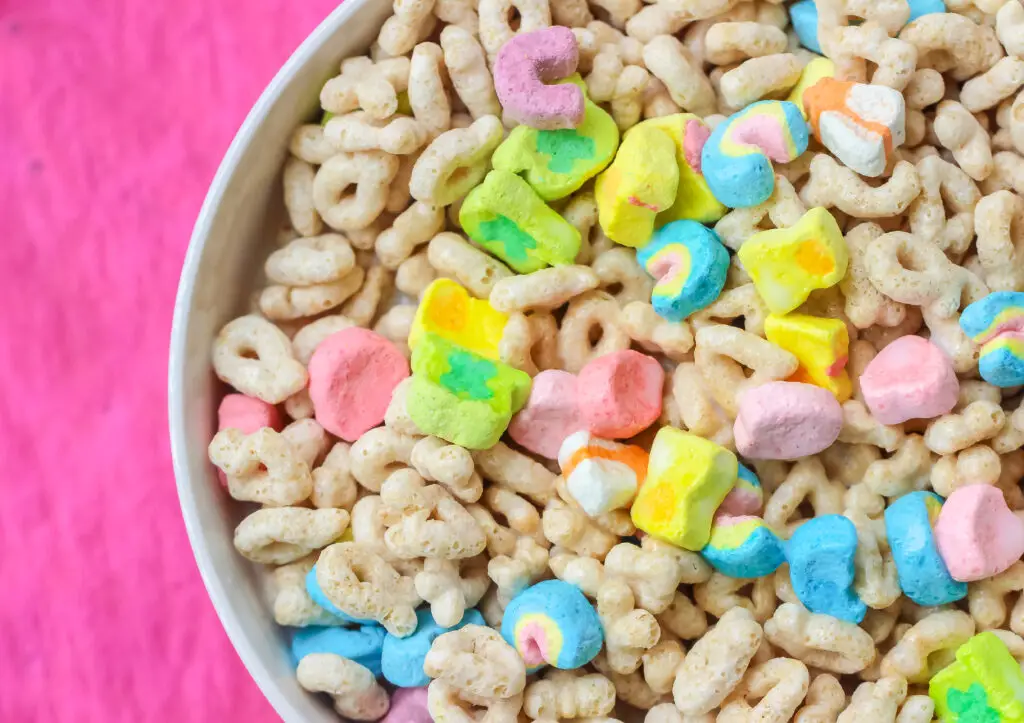
It’s hard to think of a more effective kid-targeting strategy than adding brightly colored marshmallows to cereal. Boxes of Lucky Charms, Franken Berry, and Count Chocula weren’t just breakfast—they were dessert disguised with a spoon. Commercials promised “part of a balanced breakfast,” but that “balance” depended heavily on how much toast, milk, and fruit you added. The cereal itself was pure sugar, and those marshmallows didn’t exactly boost the nutritional value.
Kids loved the fun shapes, from rainbows to bats to pink hearts. The sugar rush would hit fast and fade just as quickly, leaving teachers to deal with the crash mid-morning. Parents often bought them because they were fun and colorful, not realizing just how little nutrition they offered. It’s no wonder so many of us were bouncing off the walls before school.
3. Soda-Flavored Drink Mixes
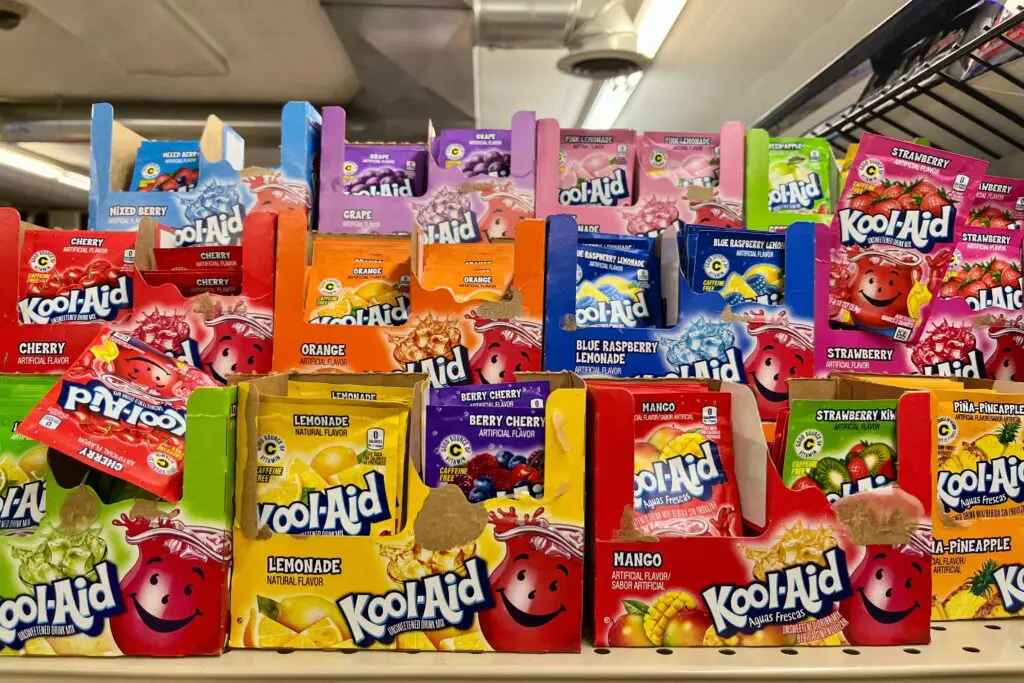
Packets of powdered drink mix like Kool-Aid made it seem like you were whipping up something wholesome in the kitchen. But when you actually measured the sugar it took to make it “taste right,” it was shocking. The directions often called for a full cup of sugar per pitcher, which didn’t even include the flavoring mix itself. Kids loved the bright colors and fruity names like “Sharkleberry Fin.”
Parents liked that it was cheap and easy to make, especially for big gatherings or summer playdates. The problem was, it was basically liquid candy once mixed. It stained your lips, your clothes, and occasionally your kitchen counter. Still, on a hot summer day, nothing beat the fun of pouring a neon drink into a plastic cup.
4. Lunch Kits with Crackers and Processed Meats

Before the ’90s made Lunchables a household name, there were already snack-style lunch kits aimed at kids. They came with tiny crackers, thin slices of processed meat, and a square of cheese, plus maybe a candy bar or drink. It looked fun to build your own little sandwiches, but the sodium levels alone were enough to make nutritionists cringe. The meats were often full of preservatives to keep them shelf-stable for months.
Kids didn’t care—they just loved the novelty of putting lunch together themselves. The cheese was usually a bright, unnatural yellow, and the portions were small but satisfying in a snacky way. For many, it was less about eating something balanced and more about playing with your food. And that was exactly the point of the marketing.
5. Frosted Snack Cakes

Whether it was Twinkies, HoHos, or Ding Dongs, these snack cakes were marketed as a lunchbox treat kids deserved. Each one was stuffed with cream filling and covered in sugar-heavy frosting or chocolate coating. They had a shelf life that could rival canned goods, thanks to preservatives. The commercials made them seem like pure joy in snack form, often with catchy jingles.
Parents rarely thought about the trans fats and sky-high sugar content. Kids just knew that peeling back the wrapper was the highlight of lunchtime. They were small, but somehow still managed to pack in hundreds of calories. That sweet, squishy bite is hard to forget even decades later.
6. Sugary Yogurt in Tubes
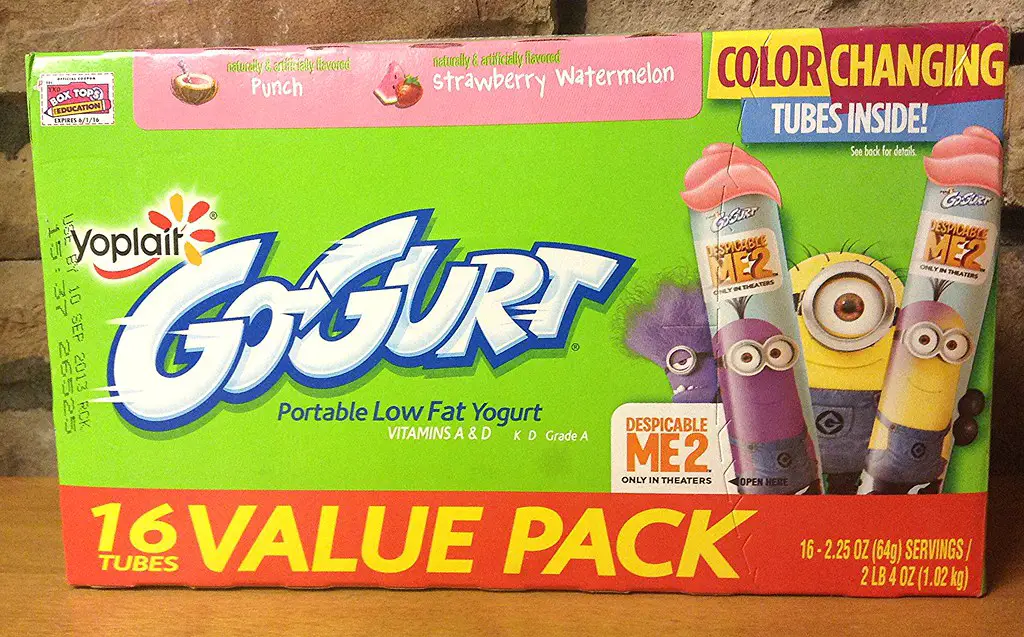
When yogurt first hit lunchboxes in tube form, it felt like the future. No spoon required, just squeeze and eat. The problem was, most of these “kid-friendly” yogurts were loaded with added sugar and artificial flavors. Instead of a healthy snack, they were closer to a candy bar in nutritional terms.
The bright packaging made them irresistible to kids in the grocery store. Some brands even had tie-ins with SpongeBob SquarePants or Pokémon. While they were undeniably fun to eat, the idea that they were “good for you” was a bit of a stretch. It turns out, squeezing yogurt out of a plastic tube isn’t necessarily the path to healthy snacking.
7. Sugar-Coated Breakfast Pastries
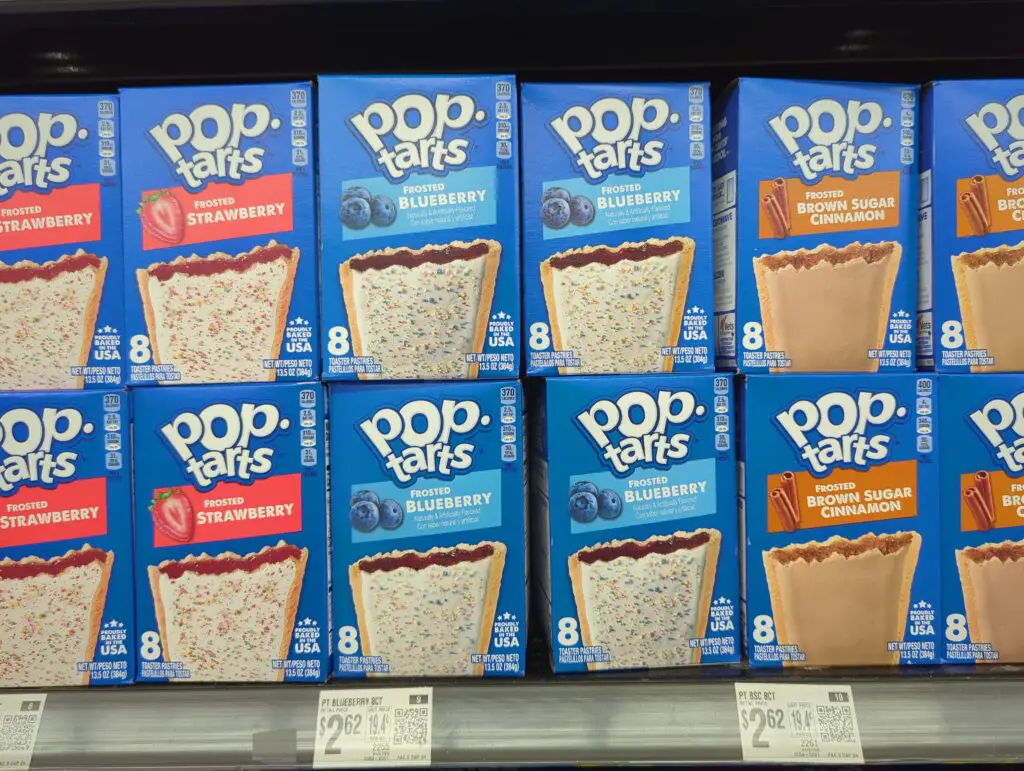
Pop-Tarts were the ultimate grab-and-go breakfast, especially when you could get flavors like Frosted Strawberry or S’mores. The commercials always showed happy kids pulling them out of the toaster and running out the door. They were sweet, convenient, and absolutely not a balanced meal. Each pastry was essentially pie crust filled with jam or chocolate, topped with frosting.
Kids loved eating them straight from the package without even heating them up. Parents liked that they didn’t require plates or utensils. The downside was the sugar content, which made them more dessert than breakfast. And yet, they’re still in pantries today, proving their nostalgic appeal hasn’t faded.
8. Jell-O with Whipped Topping
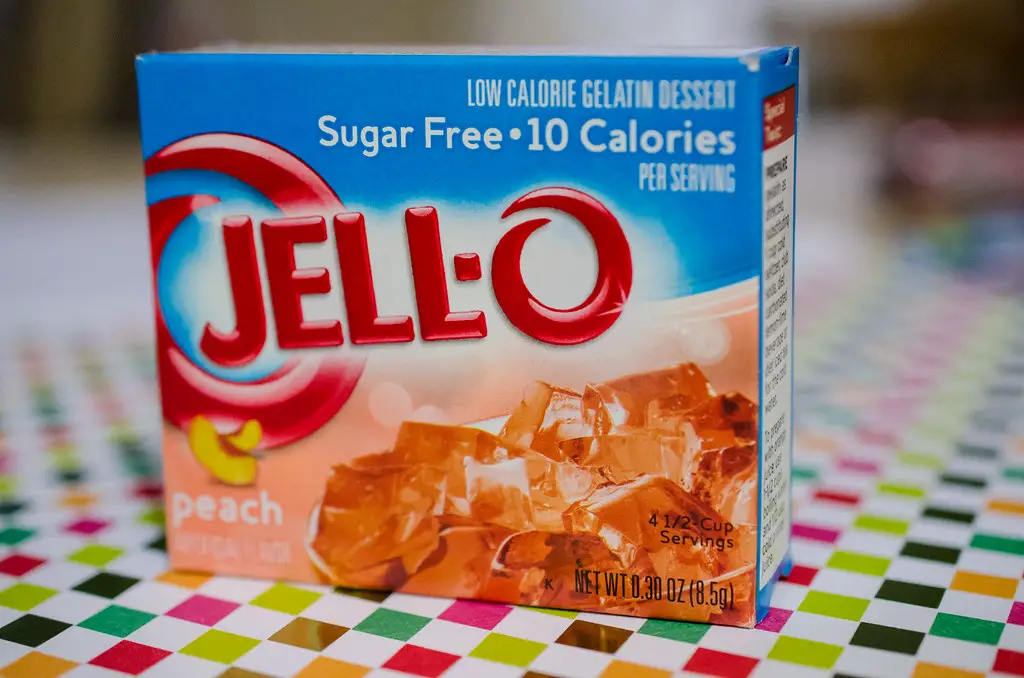
Jell-O commercials in the ’80s made dessert feel like a wiggly, happy event. Kids loved the bright colors and fun shapes, especially if you used a mold. But the sugar content in flavored gelatin was nothing to overlook, and the “fruit flavor” often came without any actual fruit. Pairing it with whipped topping made it even sweeter.
Parents liked that it was light and easy to make ahead of time. Sometimes it even appeared in school cafeterias, topped with sprinkles or marshmallows. It looked innocent, but nutritionally, it wasn’t doing kids any favors. Still, it was a staple at birthday parties and family gatherings.
9. Soda in Glass Bottles
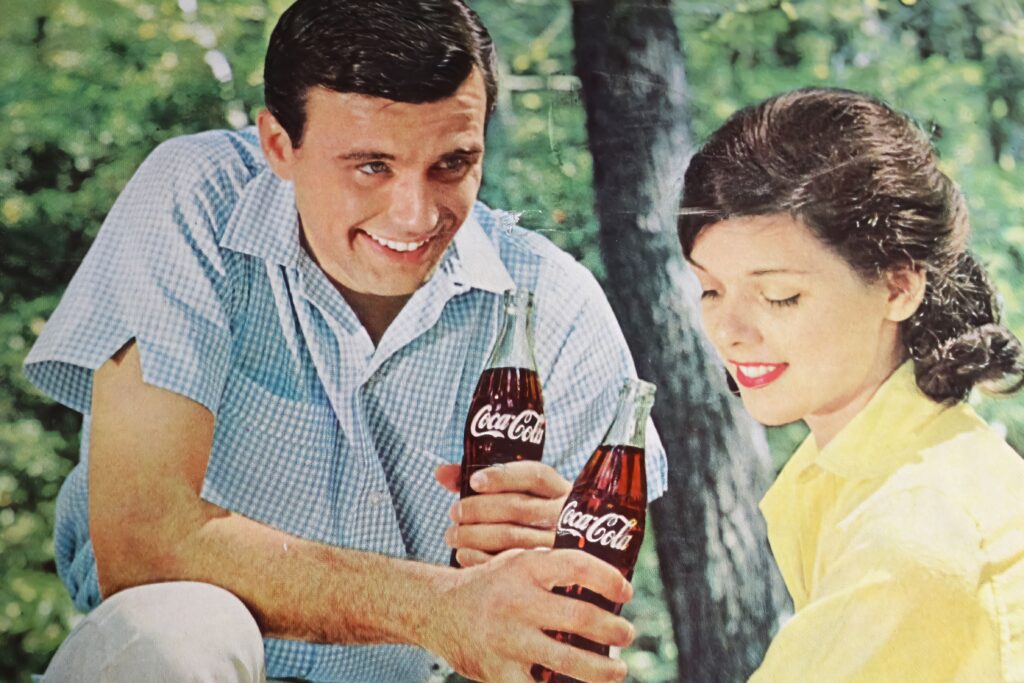
There was a time when soda was practically marketed as a kid’s drink. Commercials showed children drinking colas, root beers, and orange sodas at picnics and birthday parties. The glass bottles made it feel extra special, like a treat worth savoring. The problem, of course, was the massive amount of sugar and caffeine.
Even the “fruit-flavored” options were just syrup and carbonation. For many kids, it was their first taste of caffeine, often without parents realizing it. It was refreshing on a hot day, but it also set the stage for a lifelong soda habit. Looking back, it’s clear the marketing blurred the line between an occasional treat and a daily drink.
10. Sugary Peanut Butter Spreads
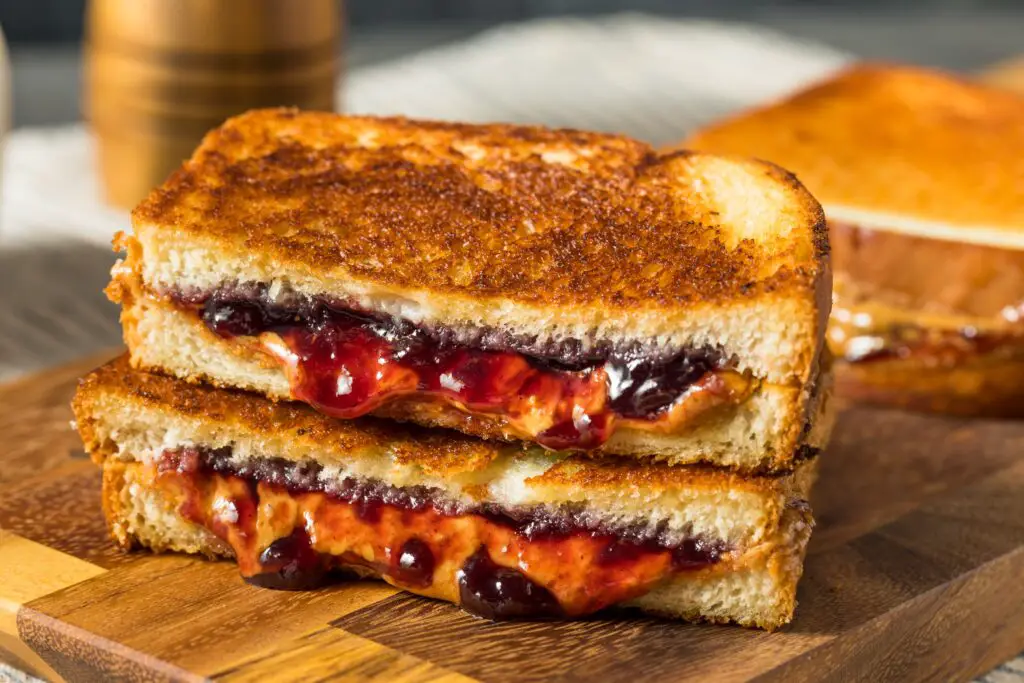
Some peanut butter brands in the ’80s decided to boost their kid appeal by adding chocolate or extra sugar. The result was more dessert than sandwich spread. Peanut butter already had fat and calories, but these versions took it to another level. Commercials made them look like a perfect after-school snack.
Kids loved spreading it thick on white bread or eating it straight from the spoon. Parents saw it as protein-packed, which technically wasn’t wrong. Unfortunately, the sugar content was sky-high, making it closer to frosting than health food. It was delicious, but not the kind of thing you’d want in every lunchbox.
11. Flavored Milk in Cartons
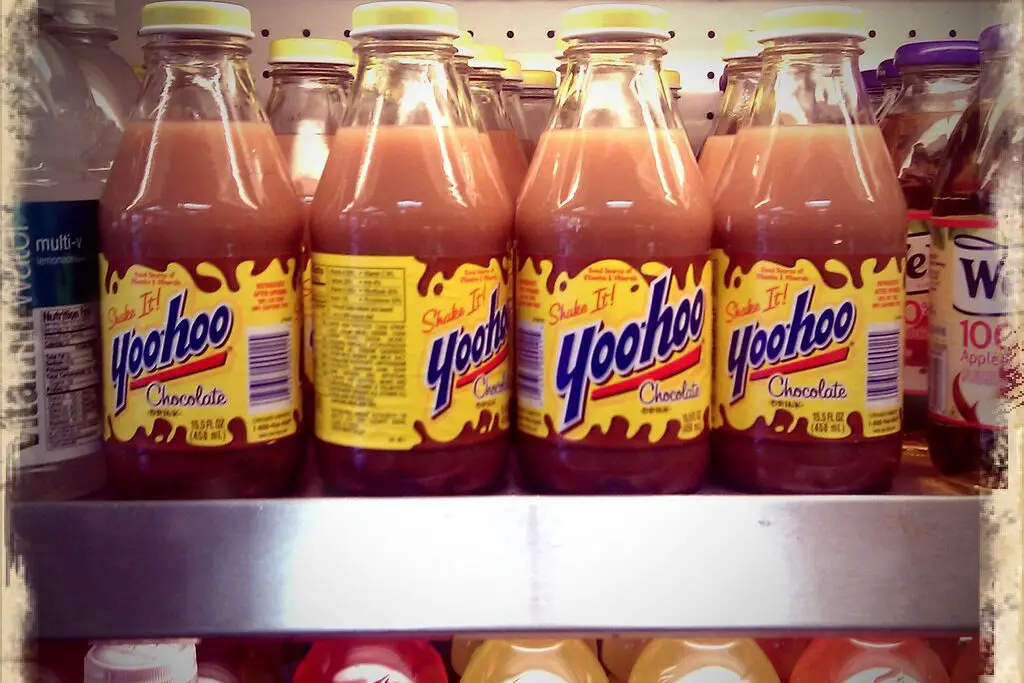
Chocolate and strawberry milk were cafeteria staples, often served alongside school lunches. The pastel pink or deep brown drinks felt like a treat compared to plain milk. They were marketed as a way to get kids to drink more dairy, which sounded great in theory. In reality, they were loaded with added sugar—sometimes more than a can of soda.
Kids rarely noticed; they just knew it tasted good. The colorful straws and cold cartons made them a lunch highlight. It wasn’t exactly the calcium boost parents thought they were giving. It was another case of something “for kids” being far less healthy than advertised.
12. Cereal Bars with Icing
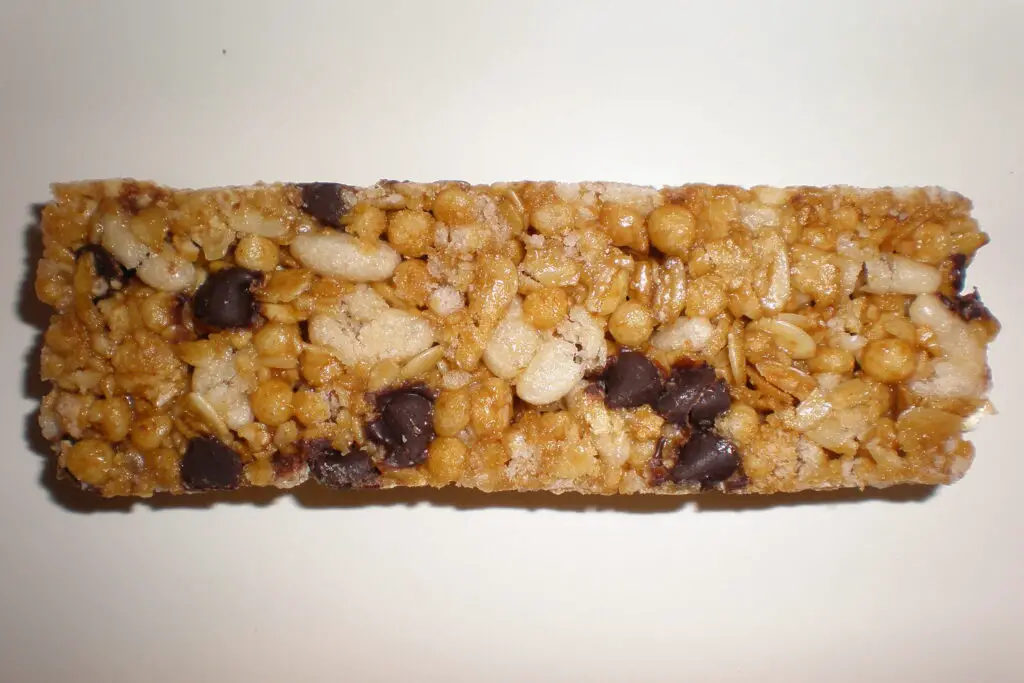
When cereal bars hit the market, they seemed like the perfect portable breakfast. They promised all the “wholesome” goodness of cereal and milk, wrapped up in one neat package. The reality was that they were closer to a cookie than a bowl of cereal. The icing drizzle and sweet filling pushed the sugar content way up.
Kids loved tossing them into backpacks for a snack on the go. The commercials always showed energetic kids conquering their day with a cereal bar in hand. It was clever marketing, but not the healthy start it claimed to be. If anything, it was dessert before lunch.
13. Sugary Instant Oatmeal Packets
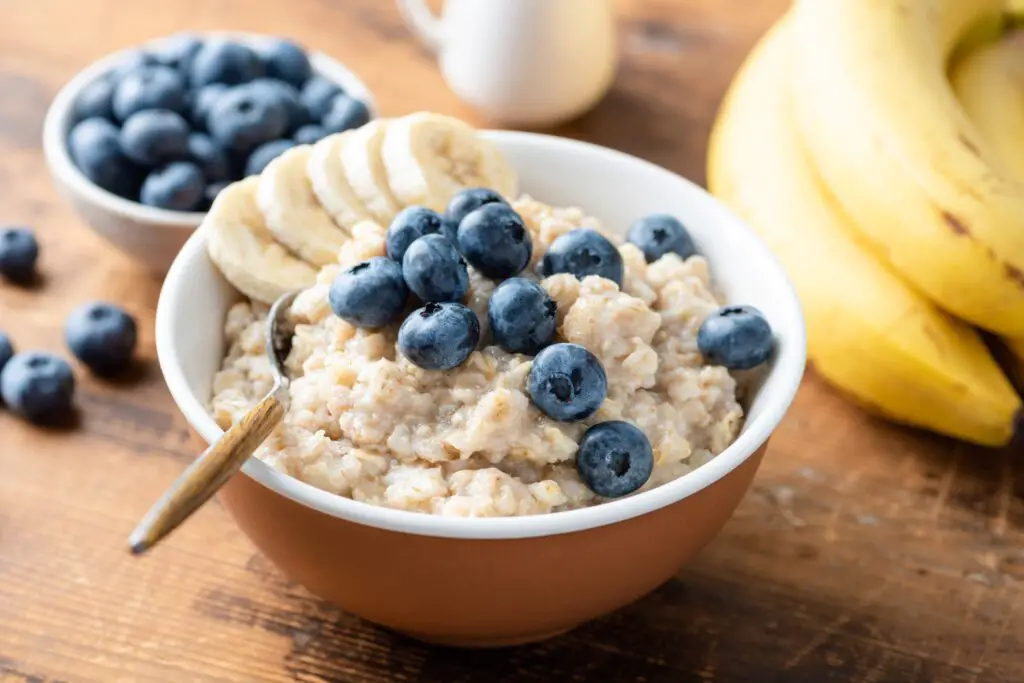
Instant oatmeal was pitched as a quick, healthy breakfast option, especially for busy school mornings. The problem was, many kid-friendly flavors like Maple & Brown Sugar or Apples & Cinnamon were loaded with sugar. The convenience was undeniable—just add hot water and stir. Parents liked the idea of a warm, filling breakfast in minutes.
Kids liked the sweet, dessert-like flavors and colorful packaging. It was much less wholesome than old-fashioned oats, but the marketing made it seem like a smart choice. The truth is, it was more like eating a bowl of candy-flavored carbs. Still, for rushed mornings, it was hard to beat the simplicity.
